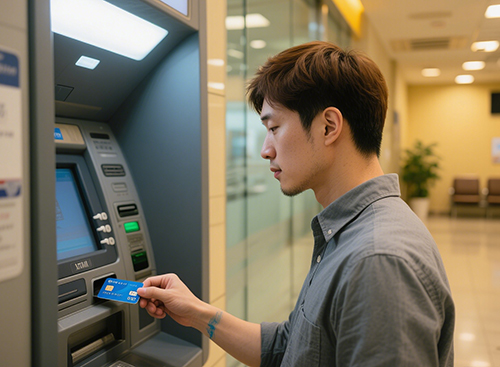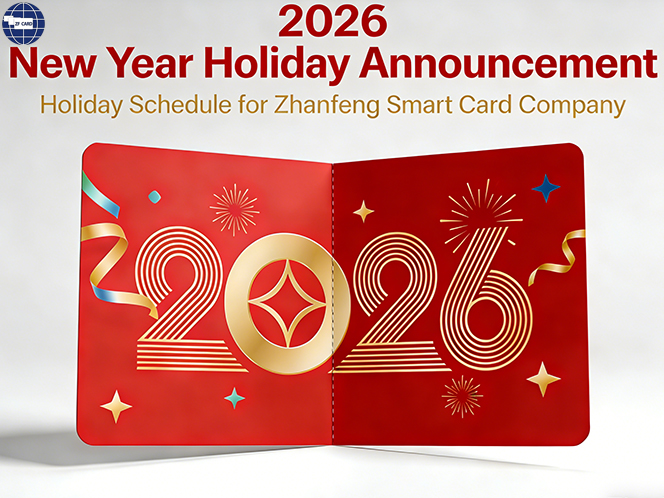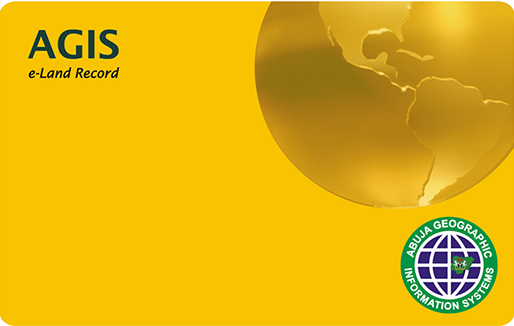Hot News
A full analysis of the advantages and disadvantages of contact IC cards and contactless IC cards
In smart card applications, you may have encountered two common cards: one is a contact IC card that inserts the card reader and "insert" (such as old access control cards, some bank cards), and the other is a contactless IC card that can be used by "touching" close to the sensing area (such as bus cards, community access control cards). What is the difference between these two cards? What are the advantages and disadvantages of each? Which scenario should I choose?
1. First distinguish: What is a contact IC card? What is a contactless IC card?
Contact IC card
Working principle: The card is inserted into the card slot of the card reader, and physically contacts the card reader through metal contacts to transmit power and data (similar to the plug-in and unplug method of old SIM cards).
Features: It is necessary to "insert the card" operation, and the contacts must be accurately aligned when reading the card.
Contactless IC card
Working principle: The card has built-in RFID chip and antenna, close to the sensing area of the card reader (usually 3-10 cm), and transmits data wirelessly through radio waves (no physical contact required).
Features: It can be used with a touch, making it more convenient to operate.
2. Pros and cons PK: Which one is more suitable for you?
Advantages and disadvantages of contact IC cards
✅ Pros:
· High data stability: It is transmitted through physical contacts and is affected by small external interference (such as metal environments, electromagnetic waves), which is suitable for scenarios with high requirements for data accuracy.
· Low cost: simple structure (no complex antennas and RF modules), the cost of customizing a single card is 1-2 yuan lower than that of contactless type.
· Strong durability: No RF module loss, long life span under normal use (especially suitable for frequent read and write scenarios).
❌ Disadvantages:
· Trouble operation: You must "plug and unplug" the card, which is easy to insert and reverse, and the card slot accumulates dust, resulting in poor contact, and poor experience when wearing gloves on rainy days or when wearing gloves.
· Easy to wear: Frequent plugging and unplugging will cause oxidation and deformation of metal contacts, and may fail contact with long-term use (usually need to be replaced in 1-2 years).
· Scenarios are restricted: Not suitable for fast-passing or mobile scenarios (such as subway gates, self-service terminals).
Advantages and disadvantages of contactless IC cards
✅ Pros:
· Super convenient operation: no need to plug and unplug, you can read and write near the sensing area (3-10 cm), and you can operate with one hand without pressure (such as "beeping" the bus card through the gate).
· Fast speed: The read and write response time is only 0.1-0.3 seconds (3-5 times faster than contact type), suitable for high-flow scenarios (such as subways and scenic gates).
· Good durability: No physical contacts, no fear of oxidation or wear, and the service life can reach 3-5 years under normal use.
❌ Disadvantages:
· The cost is slightly higher: the built-in antenna and RF module are required, and the cost of customizing a single card is 1-2 yuan higher than that of the contact type (but the gap is narrowing year by year).
· Risk of interference: Strong electromagnetic environment (such as next to high-voltage electrical box) and metal surfaces (such as being attached to the back of the mobile phone) may affect the induction distance.
· Security-dependent chips: Low-end contactless cards (such as ID cards) are easily copied, and encryption chips (such as CPU cards/high-security RFID cards) are required.
3. Scenario recommendation: Which one should you choose for your needs?
It is more suitable to choose a contact IC card:
· Cost-sensitive small scenarios: such as simple access control within the enterprise (small number of employees), low-frequency reading and writing equipment (such as laboratory instrument authorization).
· Scenarios that require high data stability: such as early ATM card verification in banks (although they are gradually phased out, some old systems still rely on contact transmission), and industrial equipment parameter writing (requires accurate contact connection).
· Environments with less interference: indoor scenes without metal shading and less electromagnetic wave interference (such as office access control).
It is more suitable to choose a contactless IC card:
· High-frequency pass scenarios: subway gates, community/office building access control, scenic spot ticket gates (quickly pass the gate, reduce queues).
· Mobile/contactless demand scenarios: parking lot lever payment (automatically deduct fees when approaching the card reader), self-service terminal inquiry (such as library self-service borrowing and return).
· Scenarios with high requirements for durability: school student card (students are prone to insertion when using frequently), hospital medical card (avoid contact pollution).
· High-end security demand scenarios: Choose encrypted contactless card (such as CPU card) for payment and identity authentication (bank joint card, corporate executive access control).
4. Customization from source: We understand your scenario better!
As the source manufacturer of smart card customization, we provide a full range of customization services such as contact IC cards, contactless IC cards (high frequency/low frequency), encryption chip cards, etc., which can match the optimal solution according to your specific needs:
· Materials available: PVC, PC, ABS, PET, waterproof/wear-resistant card, gold-plated card with LOGO, wire brushed, laser...
· Chip customization: ordinary IC card (economic), encrypted RFID card (anti-copy), CPU card (financial-grade security)
· Function extension: card surface printing company LOGO/name, binding backend permission system, supporting "one card" linkage (access control + consumption + attendance)
Still struggling with which one to choose? Welcome to contact our technical consultant! Provide free scenario analysis + sample sending to help you avoid pitfalls and select the right cards, so that each smart card can accurately match your business needs!
-
 Design your card for free
Get Free Design
Design your card for free
Get Free Design -
 Free Sample Cards
Get Free Sample
Free Sample Cards
Get Free Sample -
 24 hours online service
Contact Us
24 hours online service
Contact Us-
Office Phone
+86 189-3398-5004
-
E-mail
mailto:Mary@zfcards.com
-
Office Phone

 English
English Russian
Russian French
French Spanish
Spanish Portuguese
Portuguese Italian
Italian Arabic
Arabic German
German















